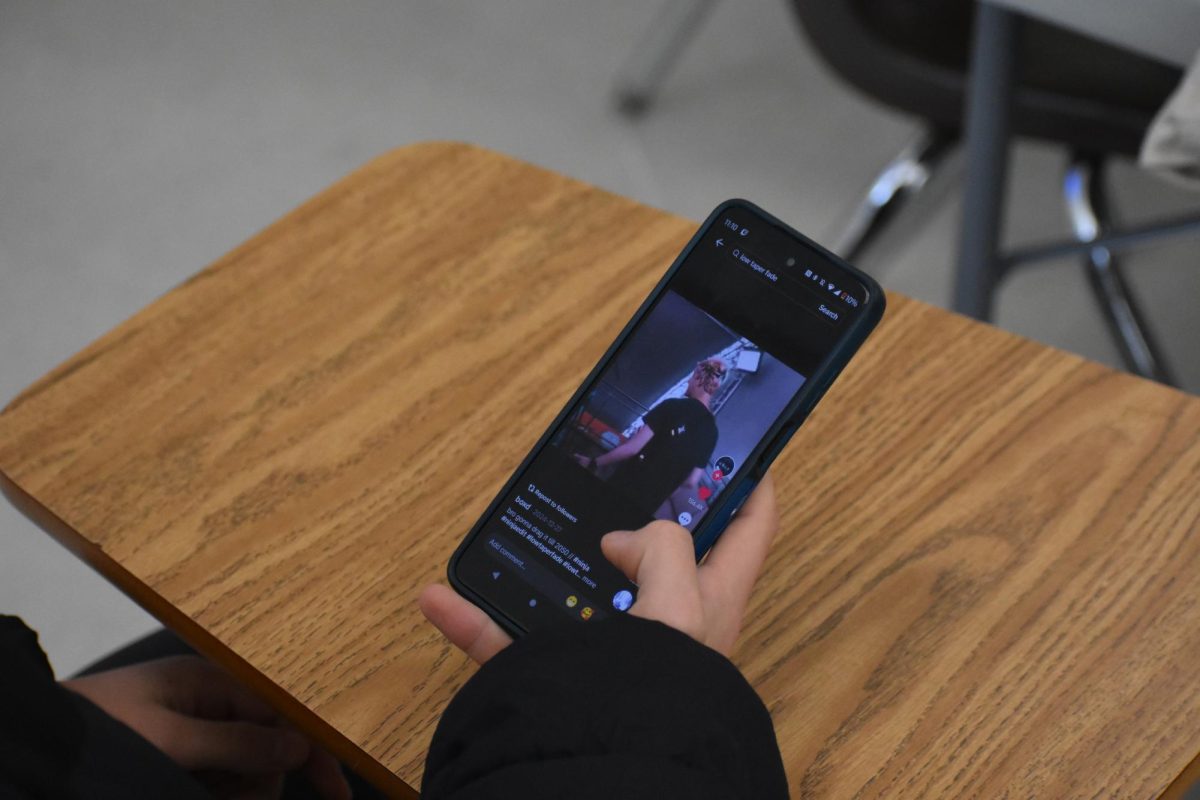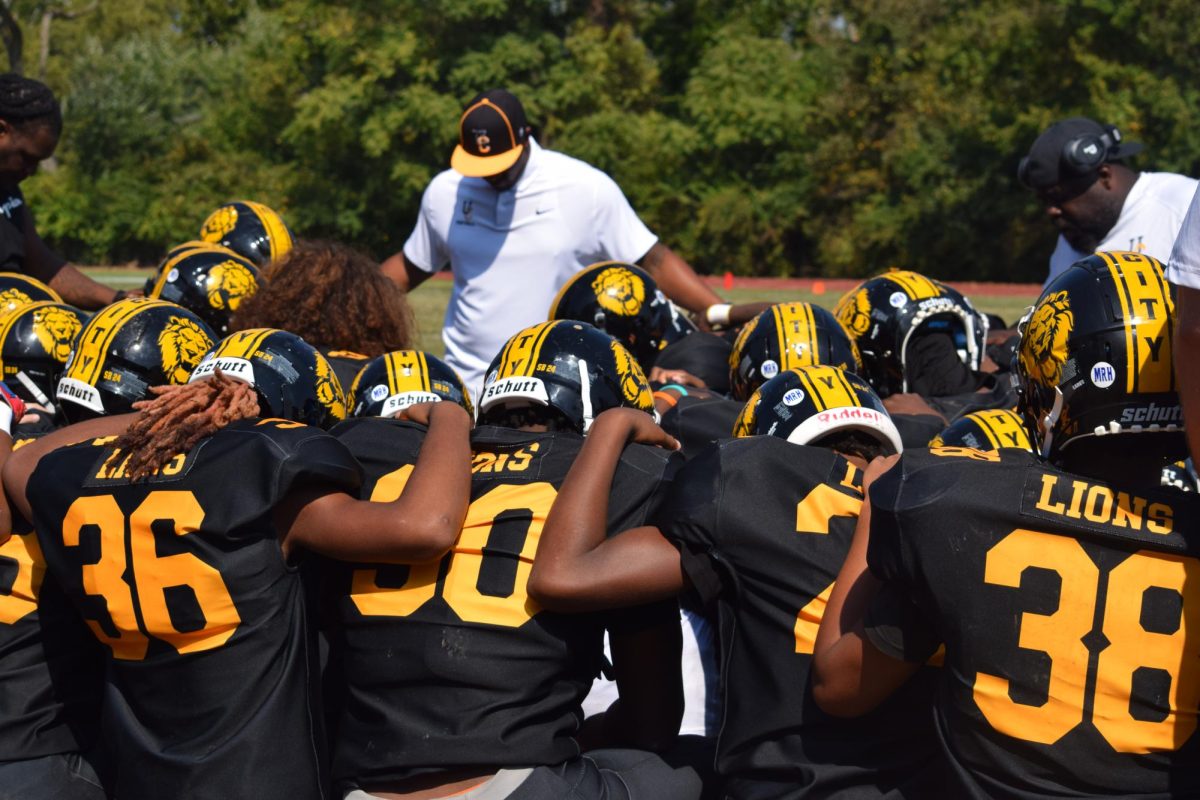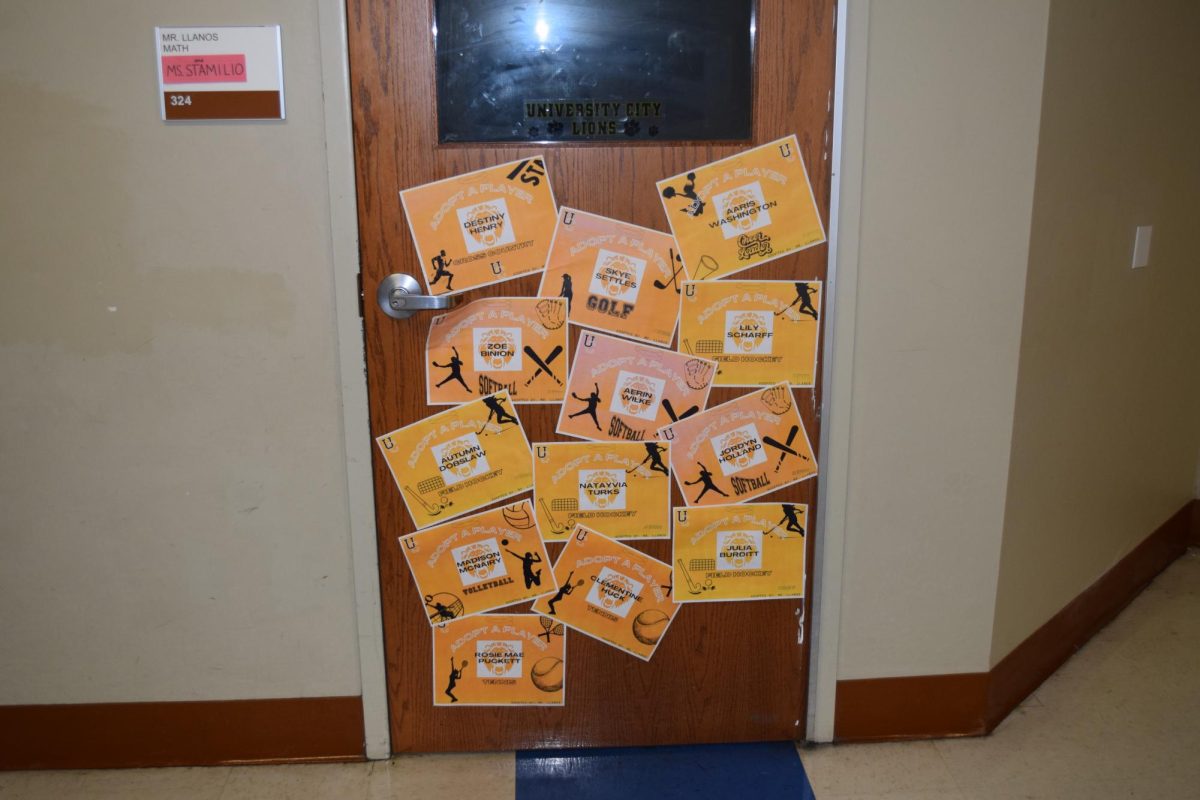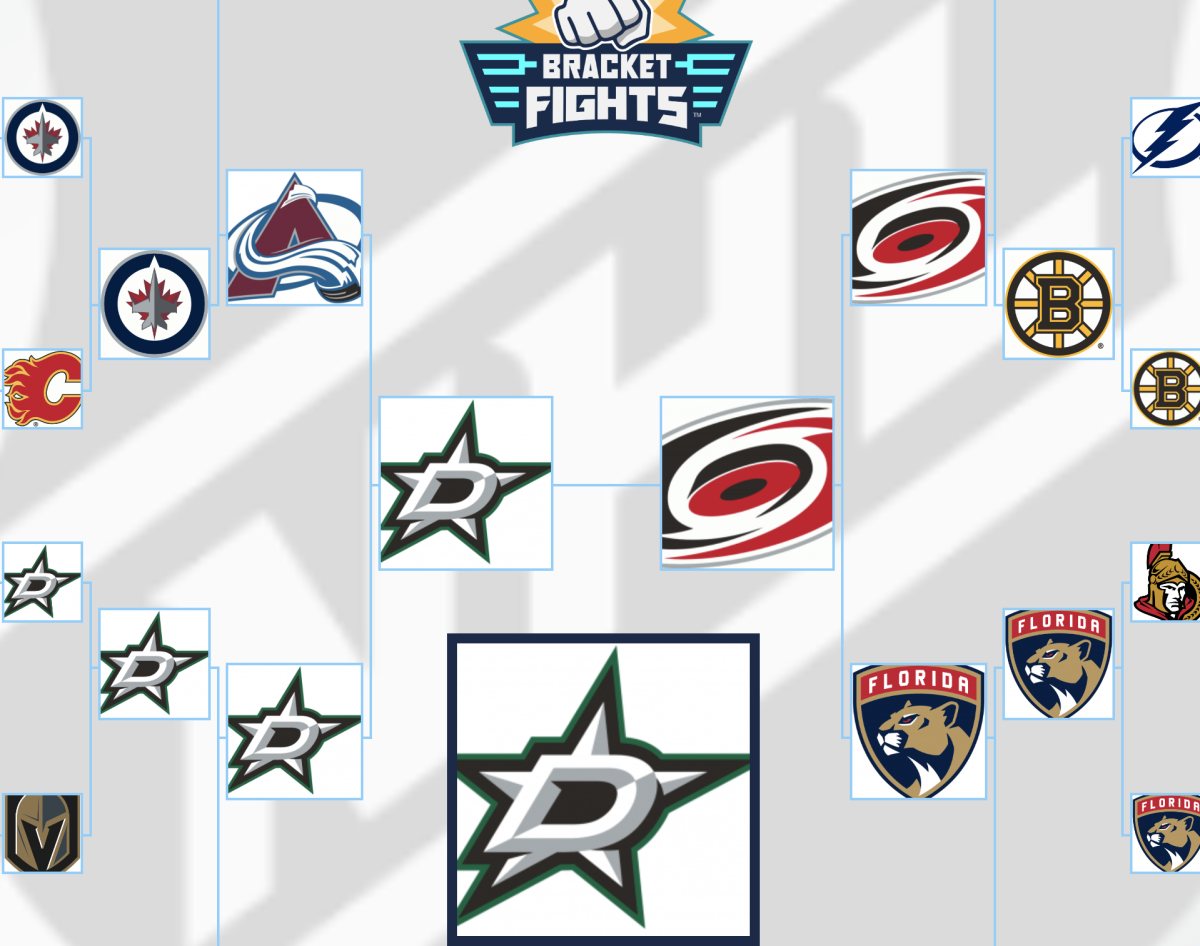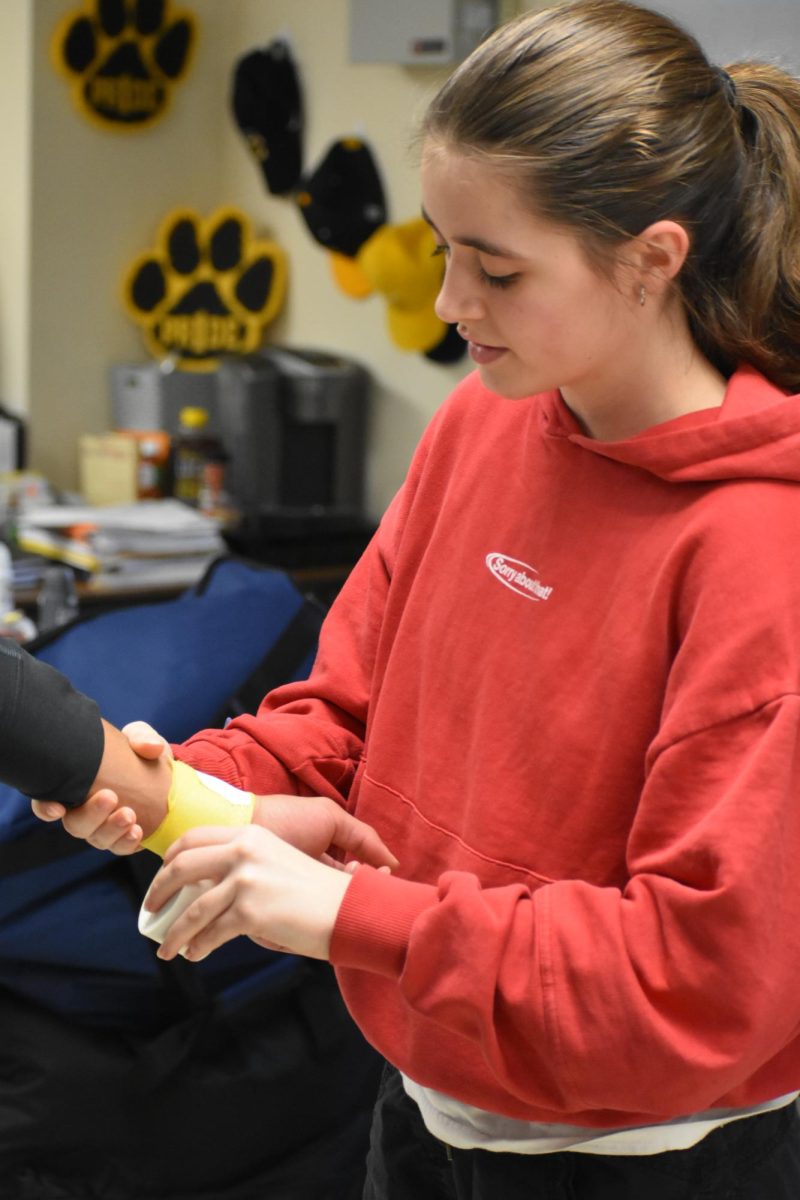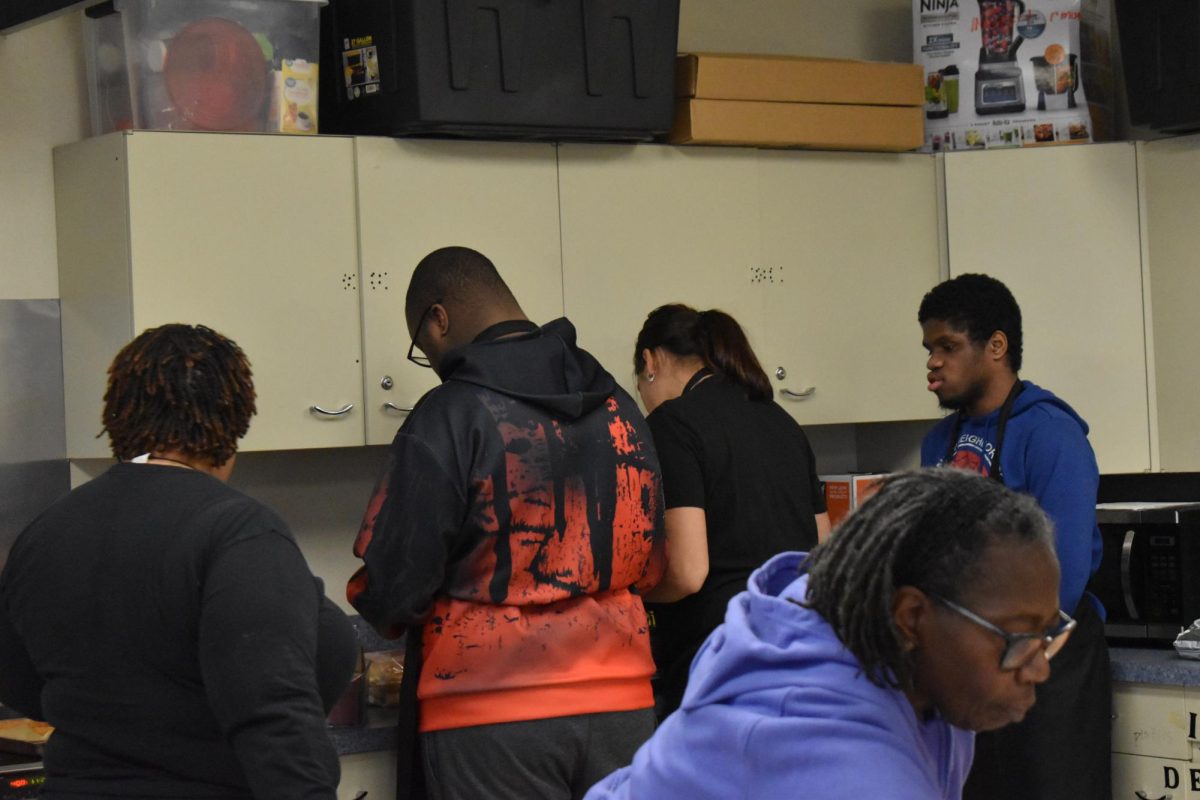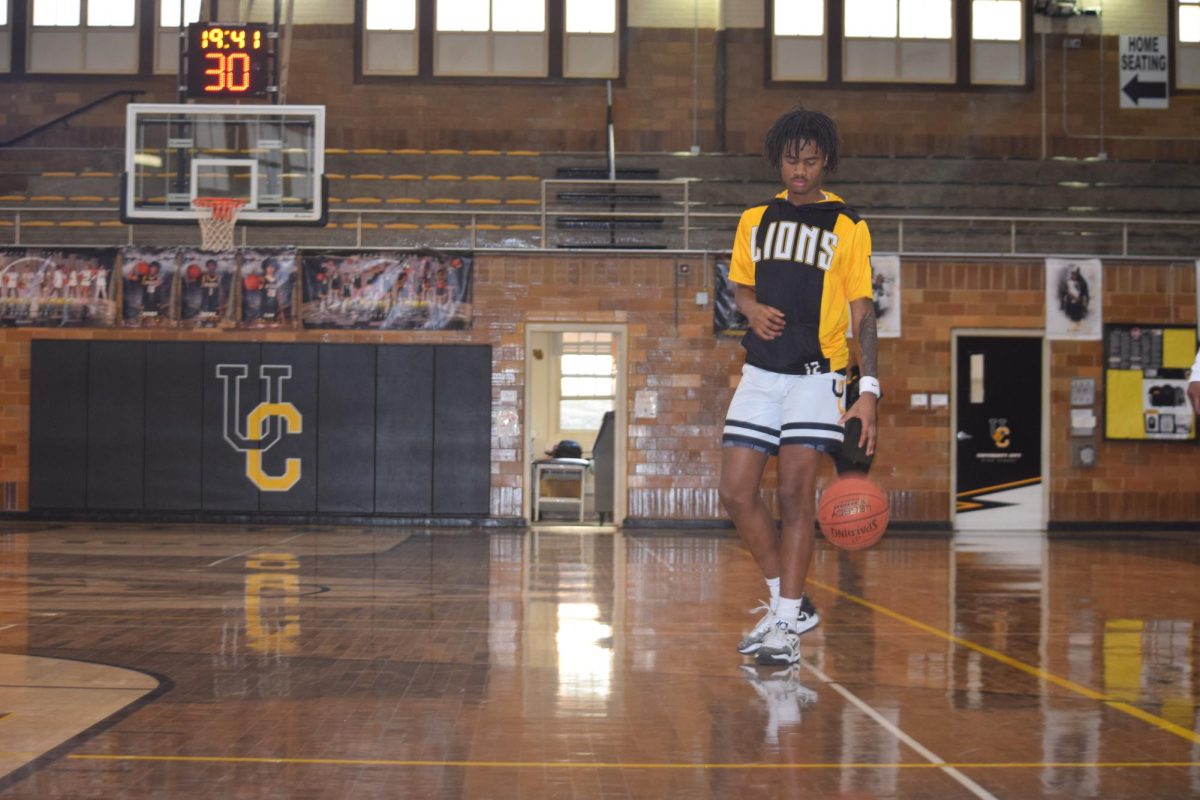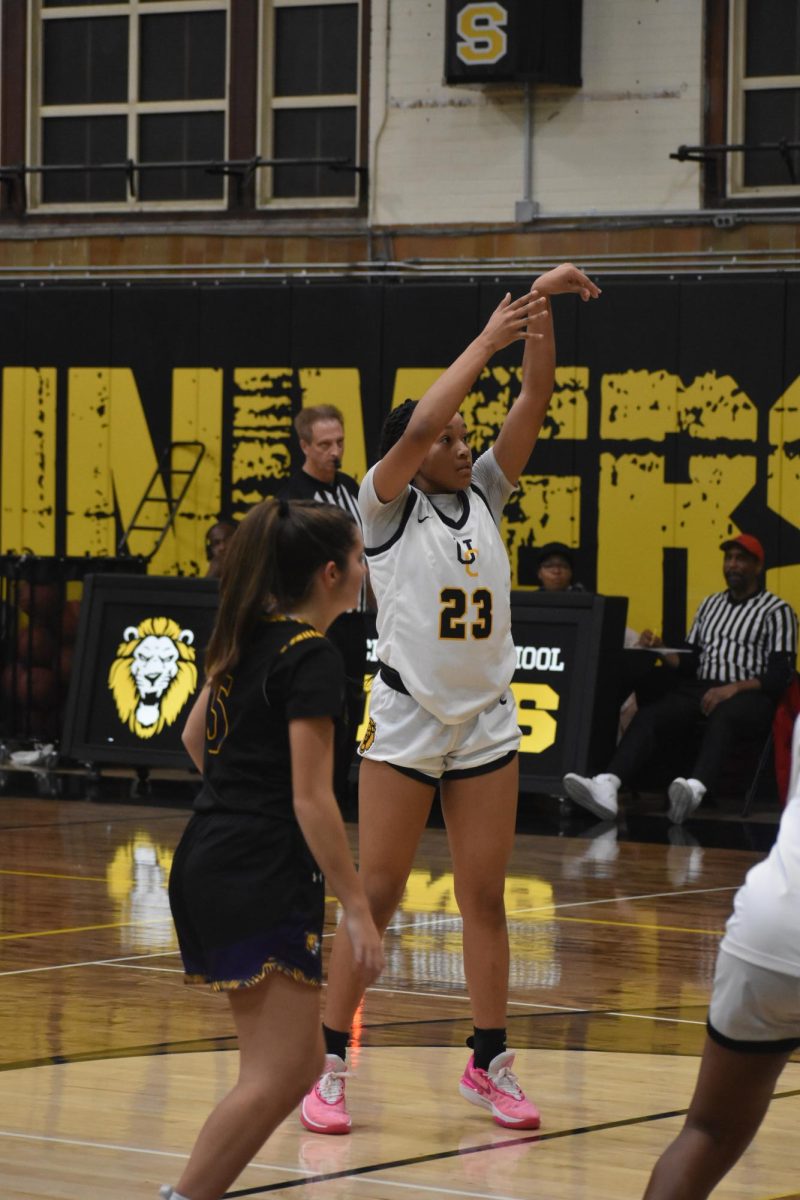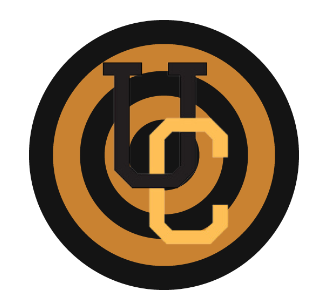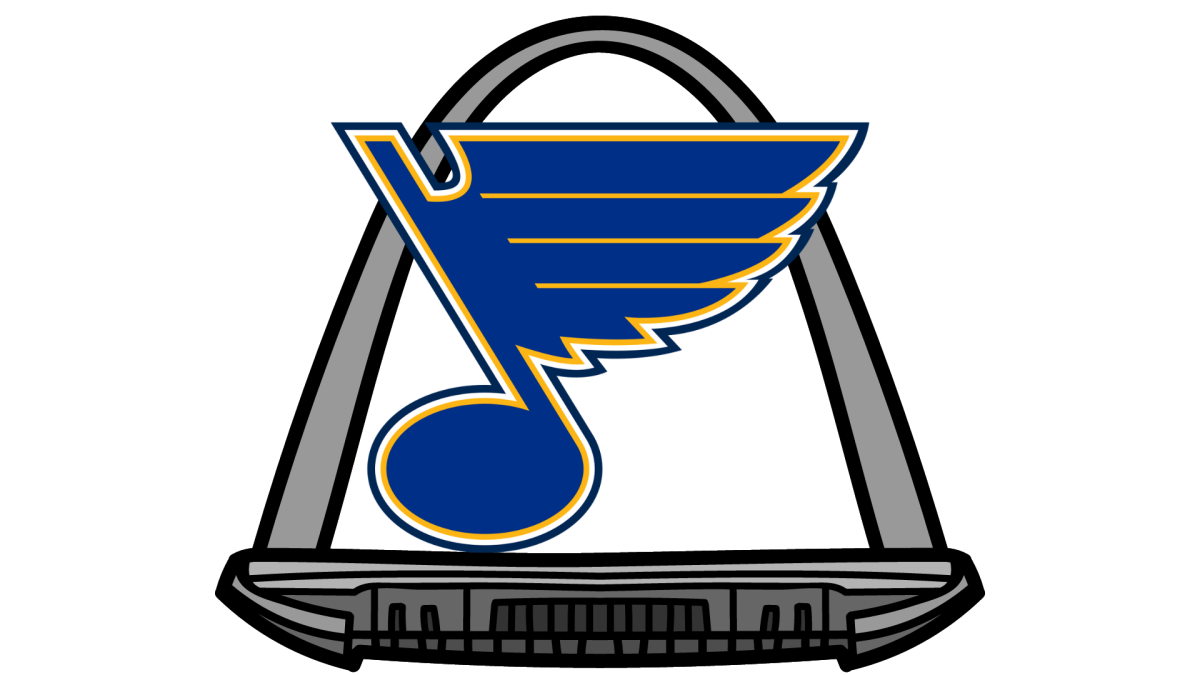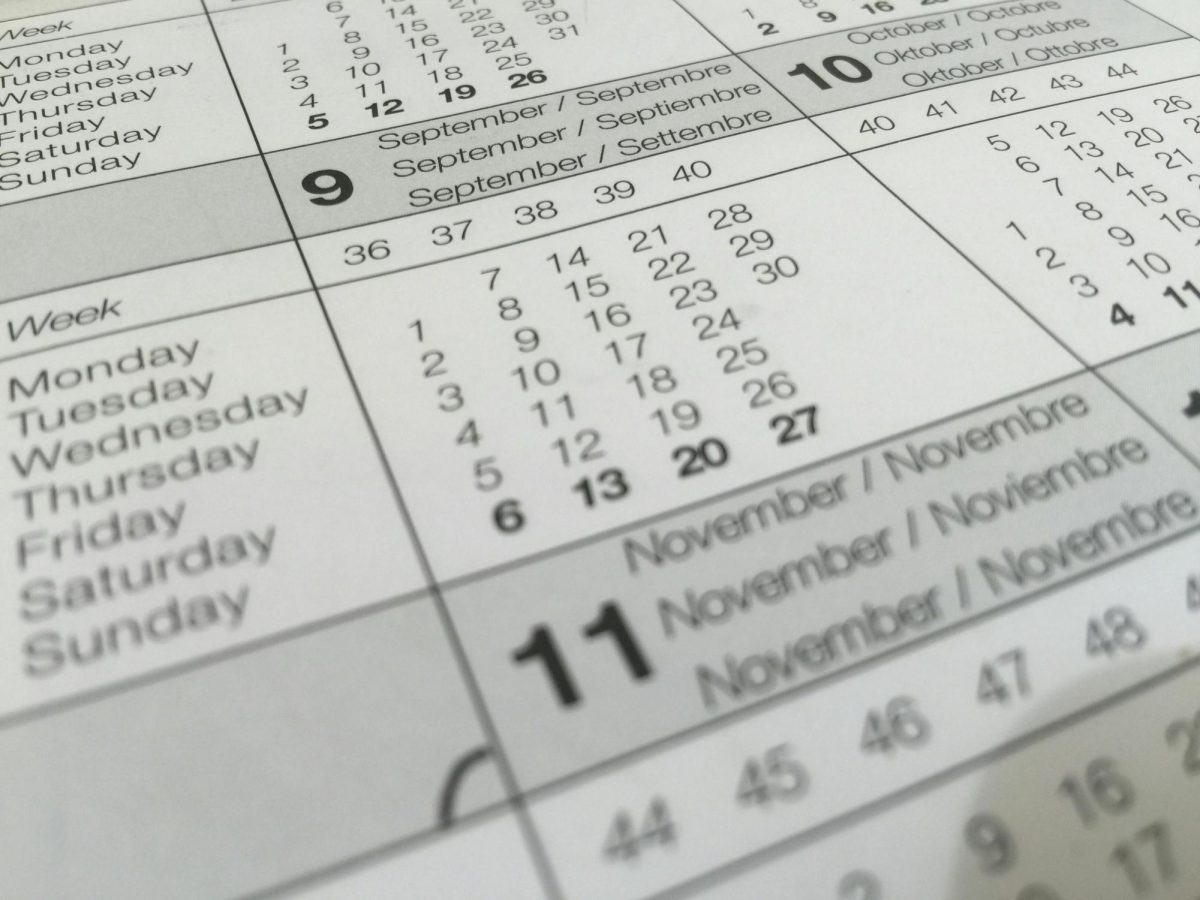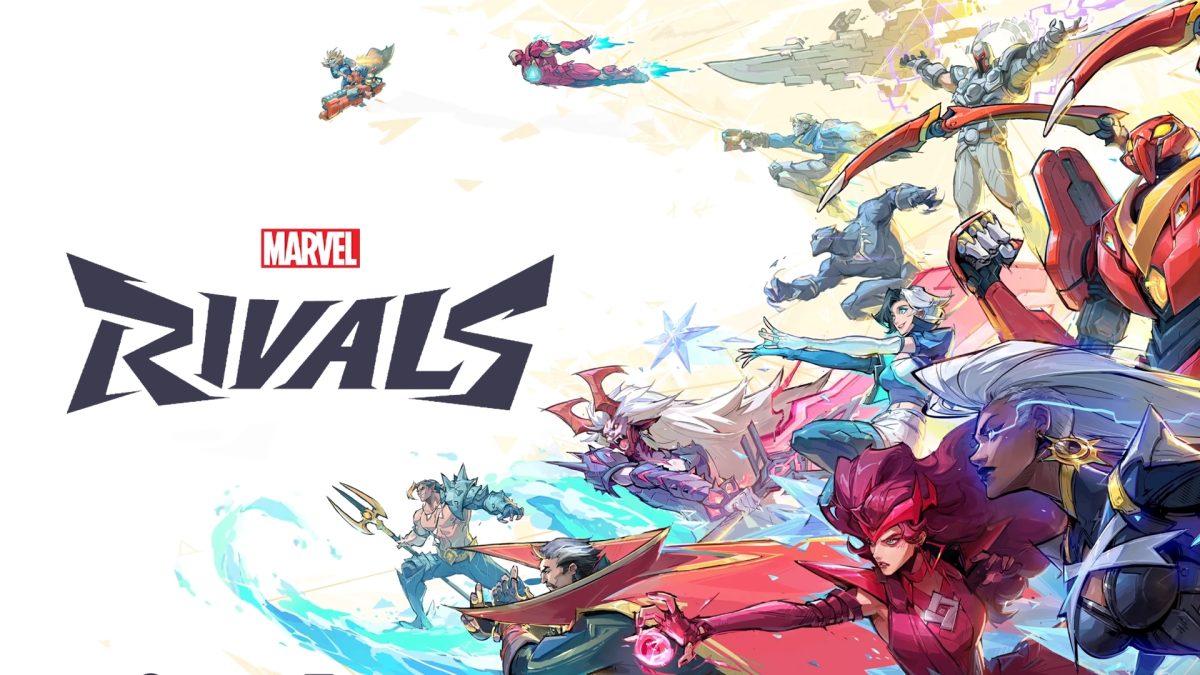The morning newspaper folded strategically next to a cup of coffee is becoming a dinosaur. According to a recent survey by the Pew Research Center for the People and the Press, online versions of the news have overtaken the daily rag. Even our beloved U-Times has a feature-filled website. But only half of students I interviewed had viewed our online version while all had read the traditional U-Times. Although most students preferred print, they liked the flexibility of the online supplement. As junior Abby Shea observes, it is “a cool way to get information out.”
Senior Elliot Wilson echoes the editors of traditional papers who proclaimed the ease of web publication in a Time Magazine cover story. “I know newspapers are expensive to print and that they require a lot time to design and format. Less work has to be done to an electronic article, since the website has a premade template. Word count is less important, so less editing goes into each article.”
There may be unlimited space on a website, but most online articles have a more succinct style than printed ones, and may lack depth. Perhaps this is due to the reader and not the medium. According to atlantic.com, the average reader spends 20 times more time with a hard copy newspaper than with a newspaper website.
Egalitarians decry the elite traditional media and claim the Internet gives citizens their right to free speech. Although true in theory, much of the “news” online is sensational gossip with little substance. So, we must be sure to distinguish the unbiased, fact-checked stories of dedicated journalists on newspaper websites from the non-edited sources of information on the web. Websites for newspapers are subject to the same ethical and legal boundaries as print versions.
Many newspapers, like the U-Times, are not only online but retain their printed versions as well. The website allows for timely reporting of issues that may be old news by the time the next hard copy edition is printed. U City students are enthusiastic about the additional articles that can be offered online as well as the expanded reach of UTimesonline.
UTimesonline has its detractors. One junior said, ”When they give out the paper in Seminar, I read it. I’ll never go to the website. If I have time to surf the web, I’ll go to a different site.” Junior Martha Kenyon also concedes, “Some people might not be as interested to look things up online; they might think of it as a hassle.
“The paper needs to be more fun!” comments junior Eddie Manning. Surveys and other online features can help with the fun factor. But, it seems safe to say the good old U-Times will remain available on paper. As Martha notes, “Ever since Facebook people are used to seeing themselves online. Seeing my name in print looks cooler.” Thus an unrivaled benefit of the hard copy paper is “being able to see your name in print.”

